Preparing coffee involves both science and art. Brewing the perfect cup is not a matter of luck but a careful balance of precision, knowledge, and technique. In this article, we discuss important principles that lay the foundation for making great coffee.
Uniformity is Key
You may have heard grind uniformity in coffee thrown around. In this case, it's more than just grind size, it's also flow and extraction uniformity. Inconsistent extraction results in a mix of under-extracted and over-extracted extracted coffee particles.
Avoid clogging
When coffee fines clog the pores of a paper filter, it has a big impact on the dirp rate of the brew. Not only does this prolong the brewing process, but it also disrupts the balance of extraction. The water that manages to pass through follows narrow, unchanging paths, depriving regions of coffee from receiving water. This leads to under-extraction in some areas and over-extraction in others, making for undesirable flavors.
Clogging is a challenge, even with a high-quality grinder that minimizes fines. Certain coffee beans, like decaf or Ethiopian varieties, can still produce enough fines to potentially clog most paper filters. However, there are strategies to solve this issue. Increasing the surface area of the paper filter and utilizing thicker filters reduces the risk of clogging. If your filter is always clogging, it might be that you have too many fines.
Reducing by-pass
What is by-pass? This is when water manages to bypass the coffee bed. This water fails to contribute to the extraction process. While this may not sound concerning initially, it significantly restricts brewing flexibility. What's worse, bypassing water often comes into contact with the outer edges of the coffee bed, potentially resulting in unpleasant flavors due to over-extraction.
Bypass is heavily influenced by brew parameters, including the type of filter, water column height, coffee bed depth, and grind size. When using a V60 dripper, the water by-pass remains constant regardless of grind size. However, the quantity of water that passes through the coffee bed significantly relies on the chosen grind size. This means that depending on your grind size, the percentage of water by-passing the coffee changes therefore making it harder to dial in coffees.
An effective method to minimize bypass is dividing water pours into multiple steps, preventing the water column from becoming too tall above the coffee bed. Although this approach reduces bypass, it also has drawbacks such as lower slurry temperature and longer brew time. Another technique to consider is agitation, which promotes even extraction throughout the coffee bed. However, excessive agitation can lead to clogging.
Flow Uniformity
The factors above ensure even water flow through the coffee bed. However, other factors like uneven coffee bed, dripper, particle size, and puck preparation can disrupt water flow.
The problems of uneven flow is that it allows for localized water flow, also know as channeling. While gravity brews are better at avoiding channeling, bypass and clogging prove more common. In the context of espresso, puck preparation errors and increased pressure increases the risk of channelling.
Temperature Stability
Water temperature plays a crucial role in determining the extraction rate. The ideal brewing temperature ranges between 91°C and 96°C. Too hot, and you risk over-extraction; too cold, under-extraction is likely.
Consistency in Temperature
Use a good quality kettle with a thermometer for the best results. This way you can know what the water temperature is and stop guessing! A consistent brewing temperature between helps you repeat your recipes. Another tip is to have an insulator on your kettle to stop rapid heat loss.
Dripper Material Matters
In the world of percolation coffee brewing, the choice of an dripper material is important. It is advisable to steer clear of drippers that retain excessive heat like ceramic. It can be haet to preheat effectively the dripper and can lead to low slurry temperature. The ability to control the slurry temperature during extraction stands as an important factor. I really like the Timemore B75 plastic dripper for it's temperature stability.
Coffee To Water Ratio
To measure your dose accurately, use a scale! What really improves your pour over is keeping your ratio consistent. I use a 1:16 ratio of coffee to water. Start with 20 grams of coffee to 320 grams of water for the B75. Based on taste, refine further: a finer grind for weak or sour coffee, and a coarser grind if it's too bitter.
Pour Pattern
Initiate with the bloom pour, saturating the coffee grounds evenly by pouring water at twice the coffee's amount. Let sit for 30-45 seconds until the coffee drains. Start your next pour ensuring a uniform extraction by maintaining slow, steady spirals until your desired weight is reached. A gooseneck kettle enhances precision for even saturation.
Grind Size
Grinding coffee right before brewing is key to freshness, preventing rapid oxidation. The grind size matters greatly for extraction, so adjust it based on your brewing method. If grinding at home is a challenge, a specialty coffee shop can assist, given you specify your brewing device. For consistent grind, choose a burr grinder. As a rule of thumb, your total brew time should be around 3 minutes.
If you are tasting astringency, you can read this article. Remember, perfection comes with practice. So, keep experimenting, fine-tuning, and, above all, enjoying the process. Your cup of coffee is a personal experience - let these principles guide you to your ideal brew.
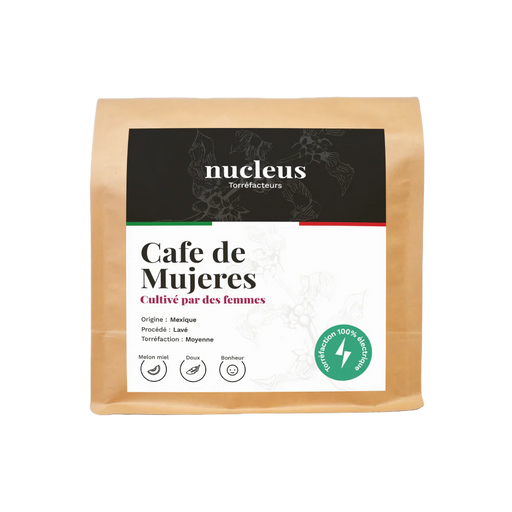

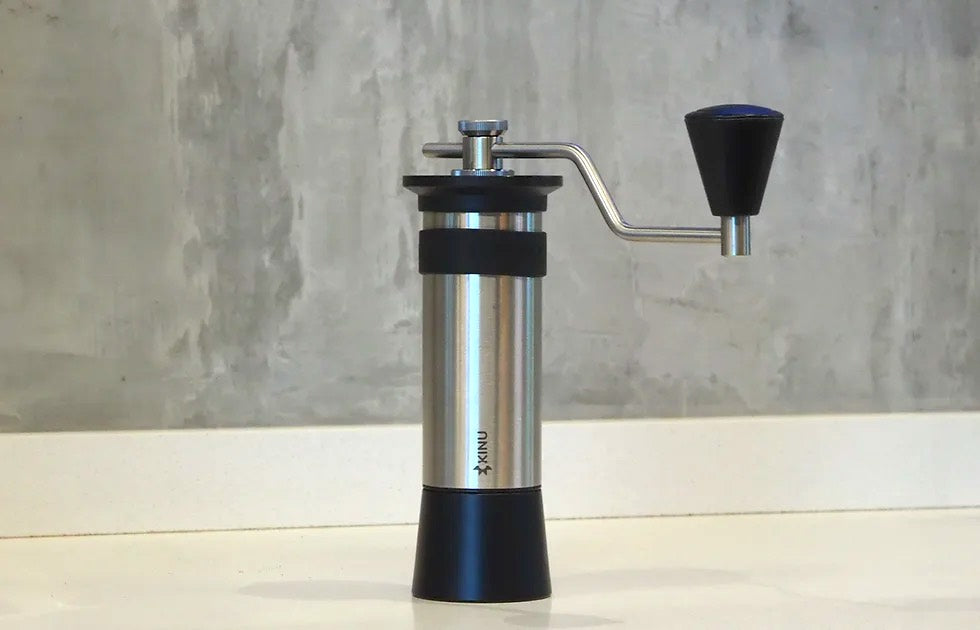







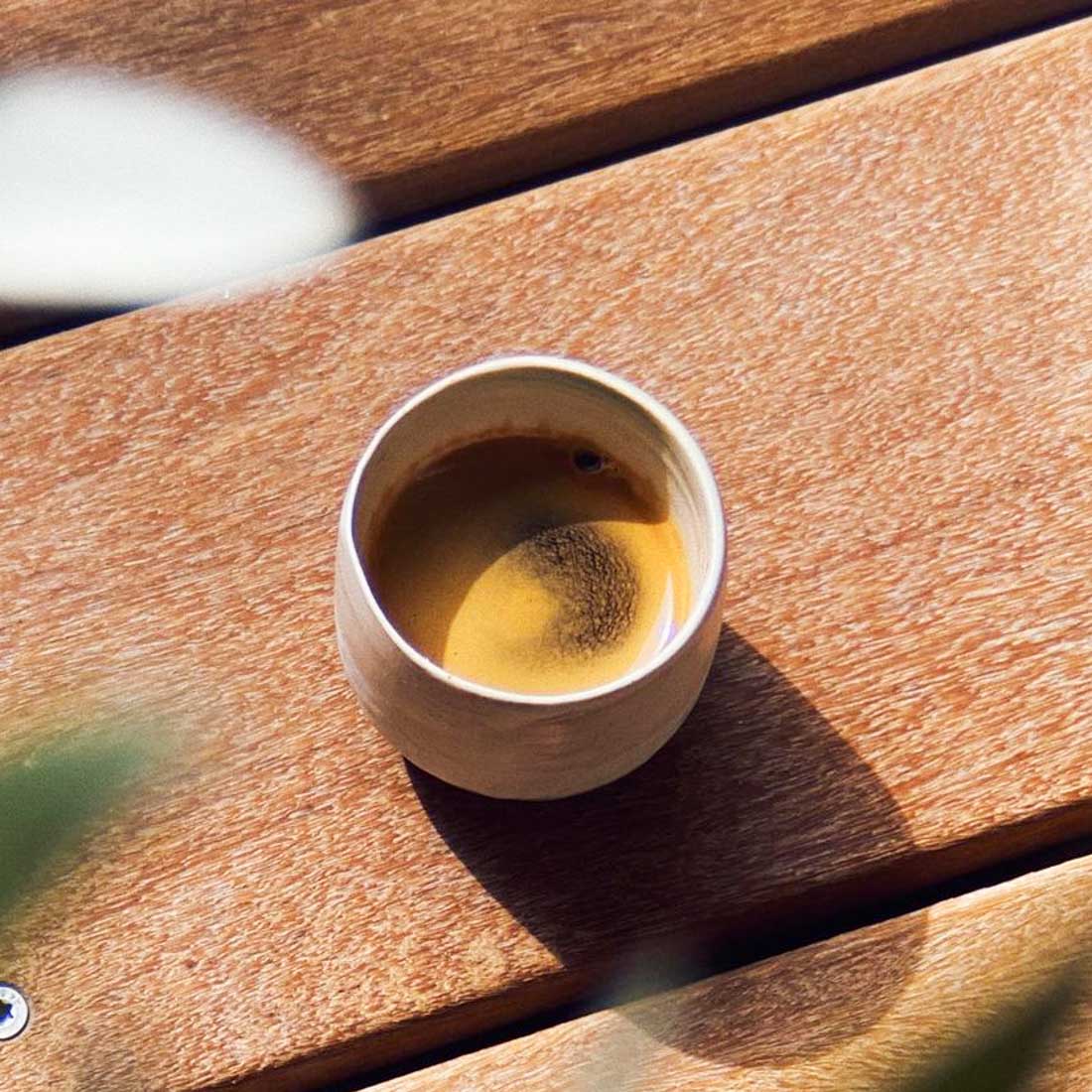
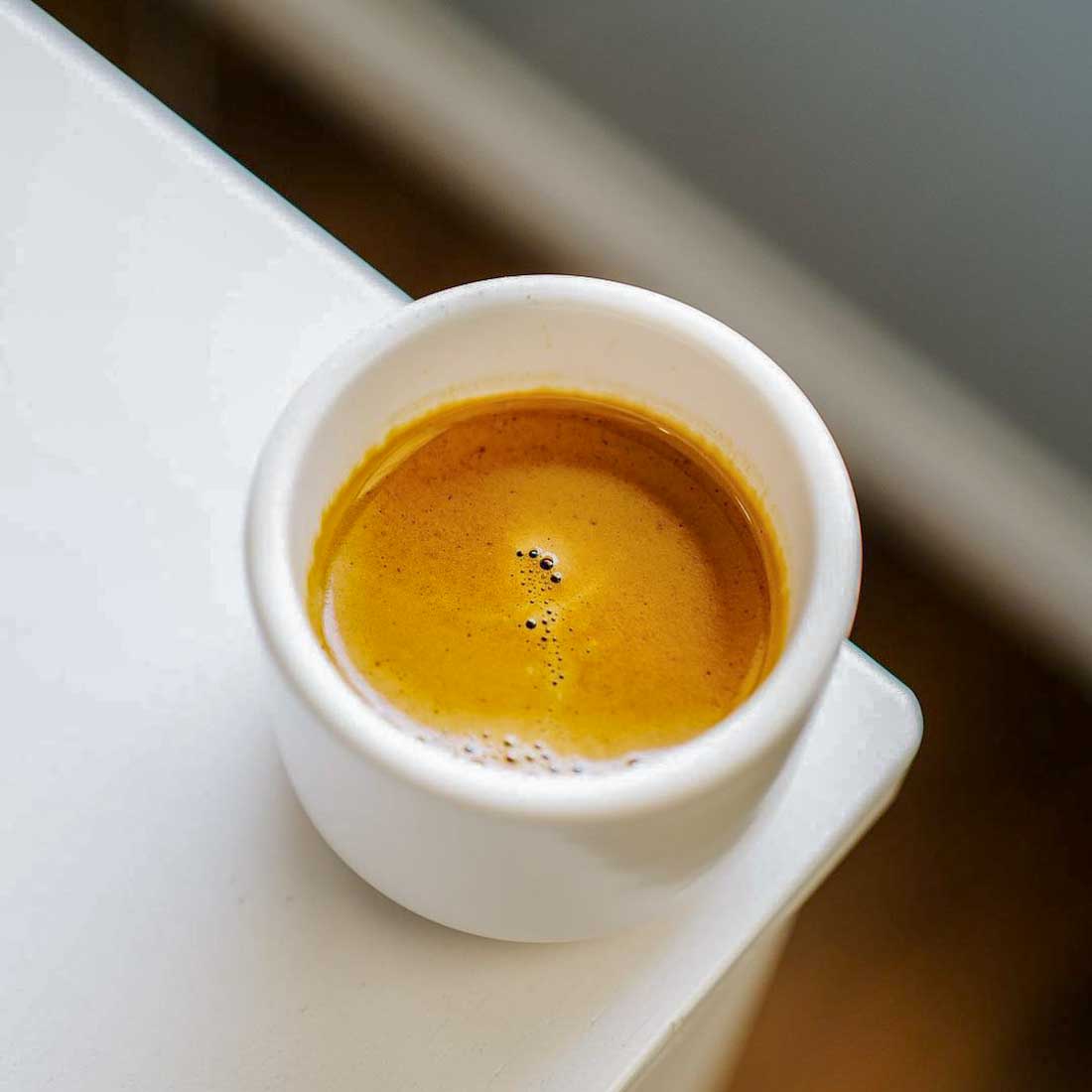
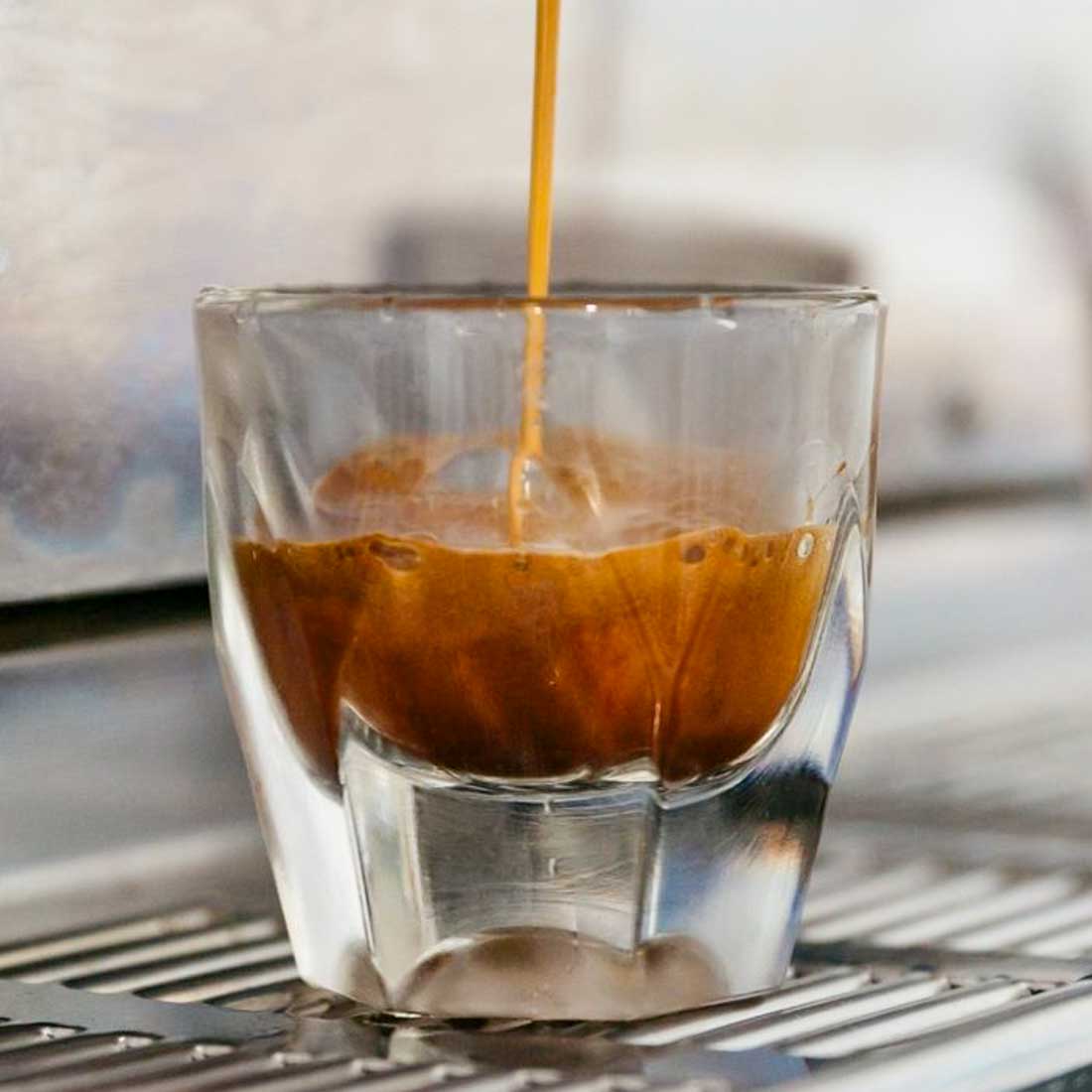
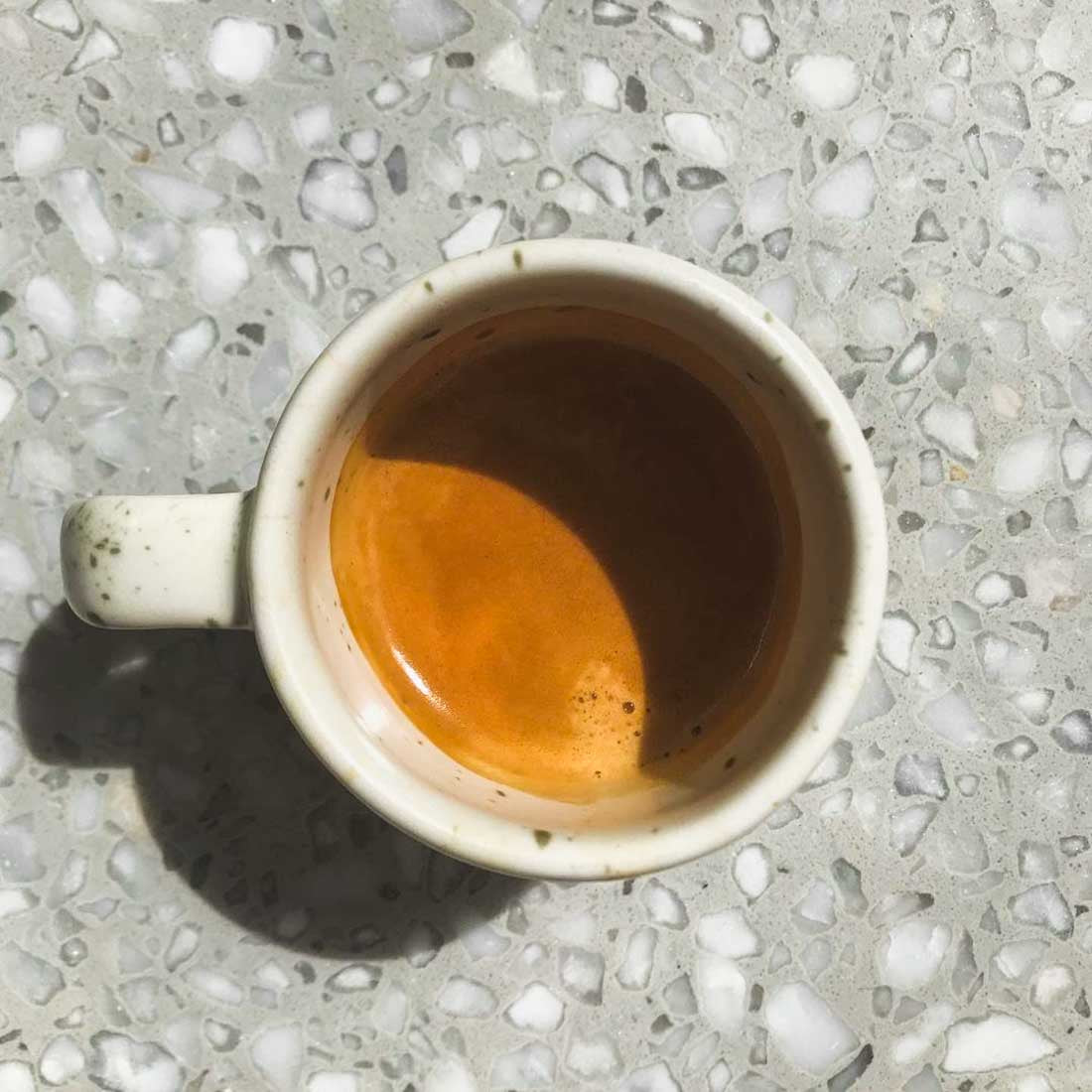
Comments
There are no comments.
Your comment